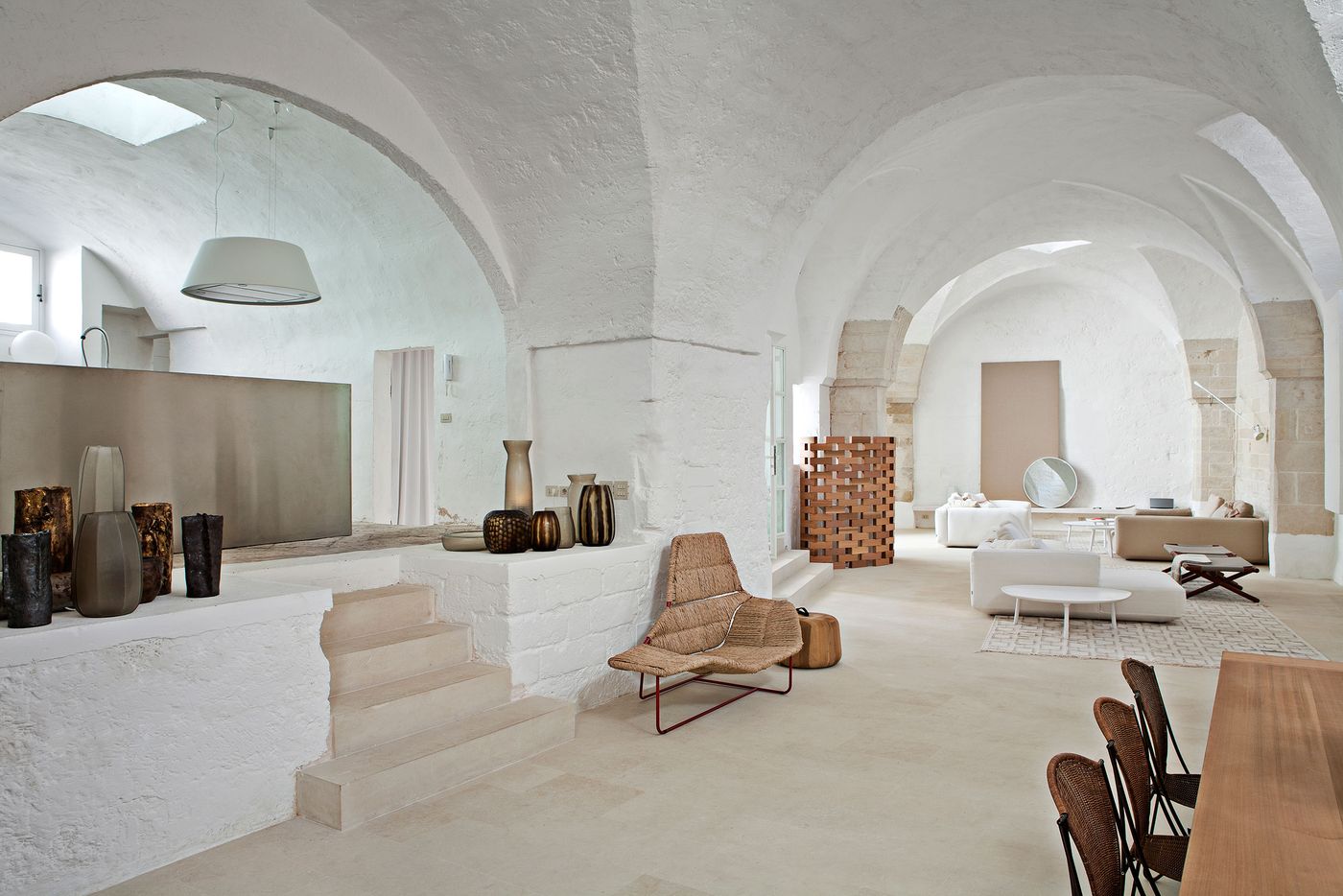
At Home in Puglia with Ludovica + Roberto Palomba
Words by Sara Panagiotopoulou
Location
Lecce, Italy
At Home in Puglia with Ludovica + Roberto Palomba
Words by Sara Panagiotopoulou
Lecce, Italy
Lecce, Italy
Location
PalombaSerafini’s, Ludovica and Roberto’s home near Lecce, Puglia, is exactly how one would imagine the ideal, whitewashed Italian country house, romantically existing between the Ionian Sea and the Adriatic Sea’s coasts. Although the designers weren’t searching for such a property, when a friend took them to the house, which had stood abandoned for thirty years, they immediately understood its potential. “We loved the space at first sight and in a few minutes the project was born,” Roberto tells us as he enthusiastically scrolls through images of the house on his phone when we met with him in Milan.
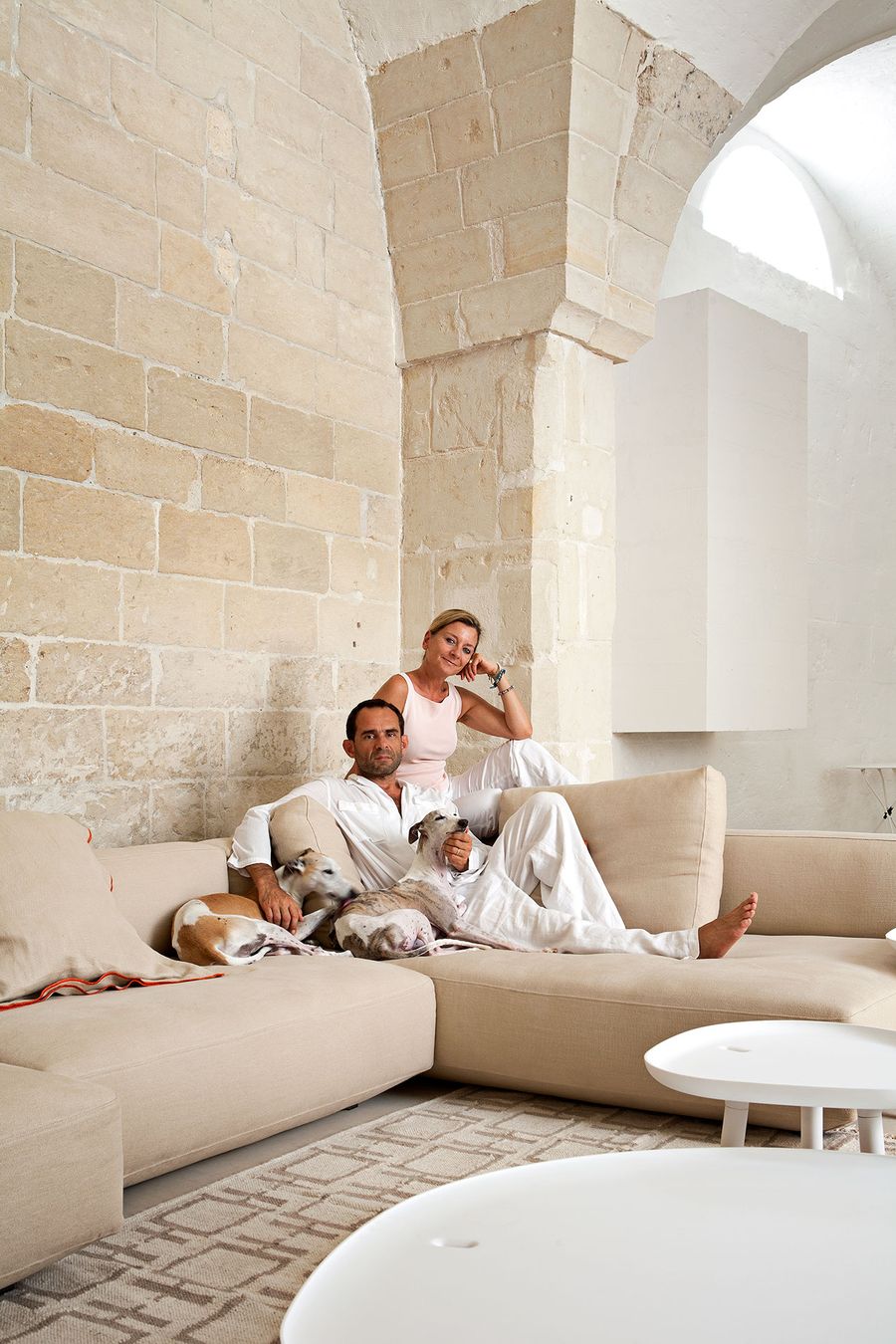
Photo by Francesco Bolis.
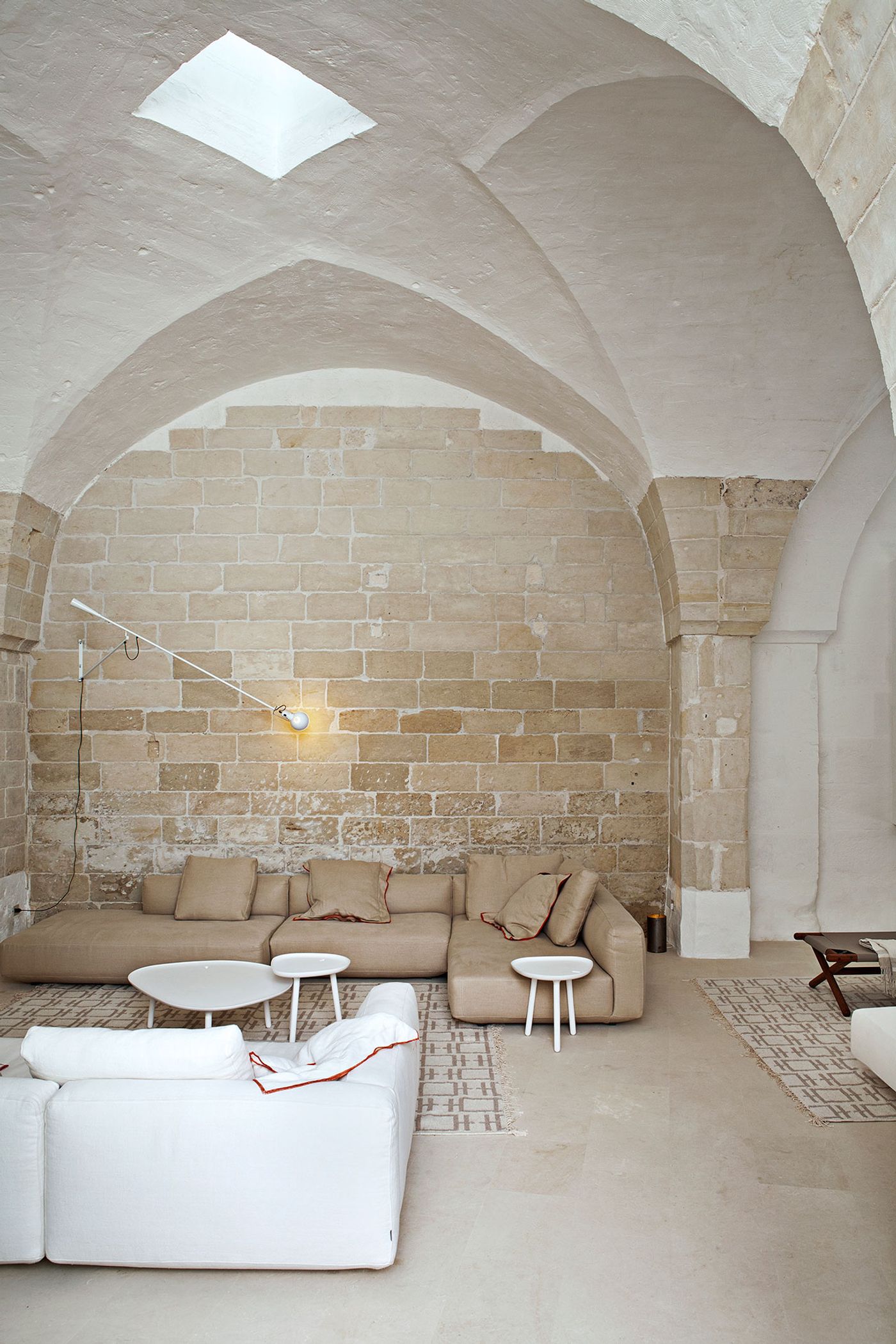
Photo by Francesco Bolis.
Constructed in the 1600’s as an oil mill, at the time the Palomba’s first saw it, the quirky 400 m² building possessed all the characteristics that would seem to make it unappealing to the less forward thinking—including fire-blackened tuff ceilings, steep sloping walls and indoors spaces immersed in darkness. But they didn’t see it that way. “It was really exciting upon first entering this house,” Roberto says. “With its walls reaching over six meters in height and its wide indoor spaces that were created by thick columns.”
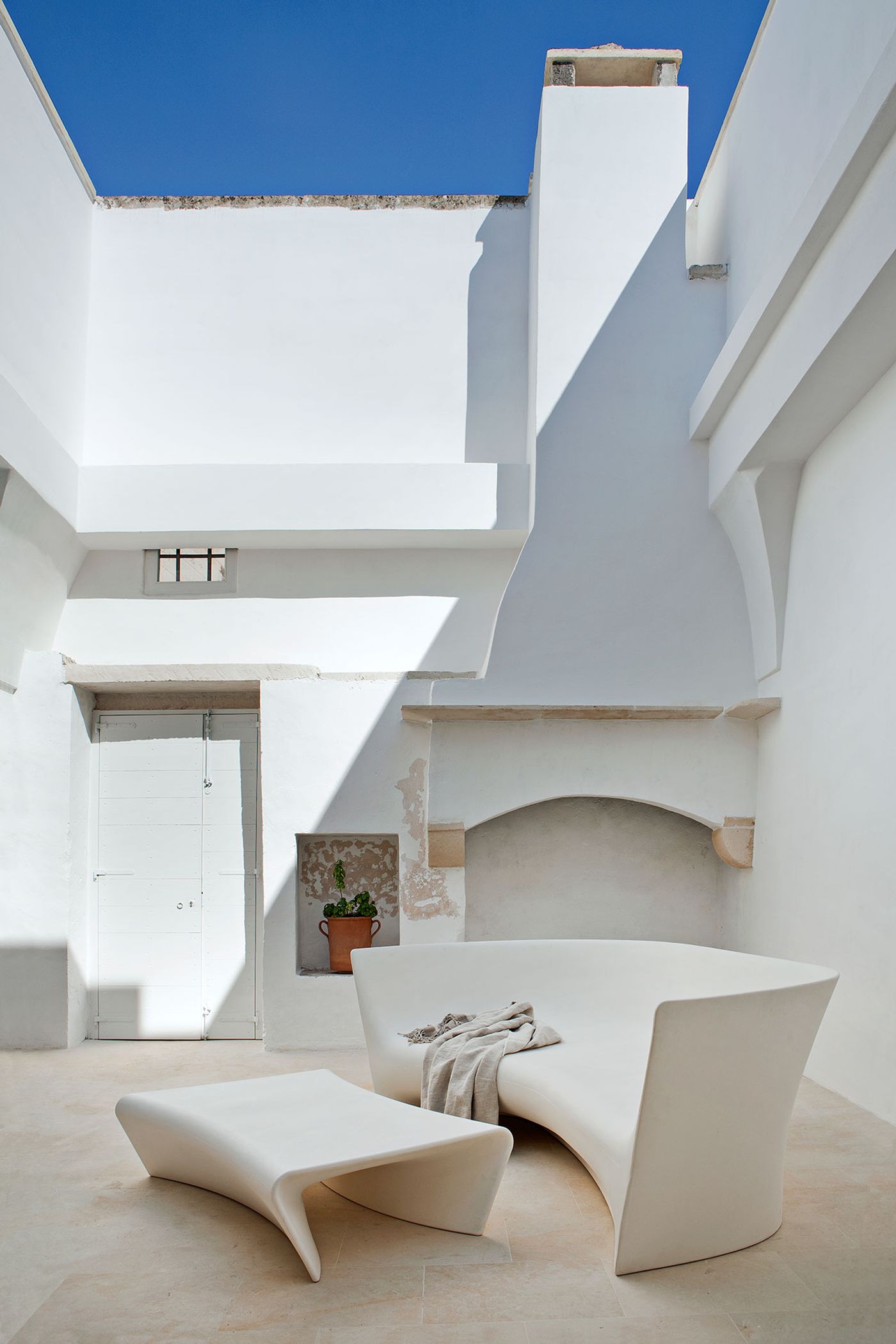
Photo by Francesco Bolis.
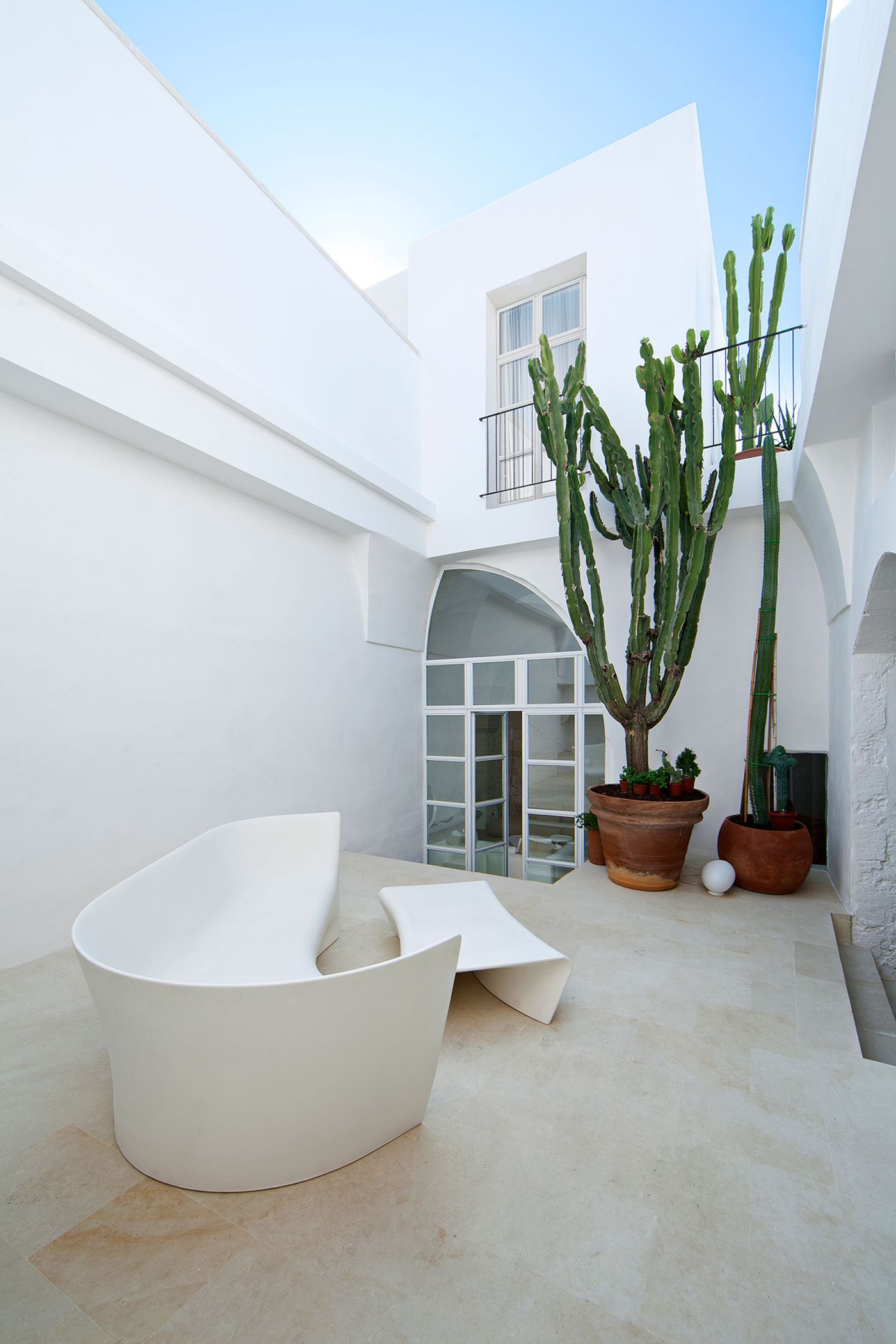
Photo by Francesco Bolis.
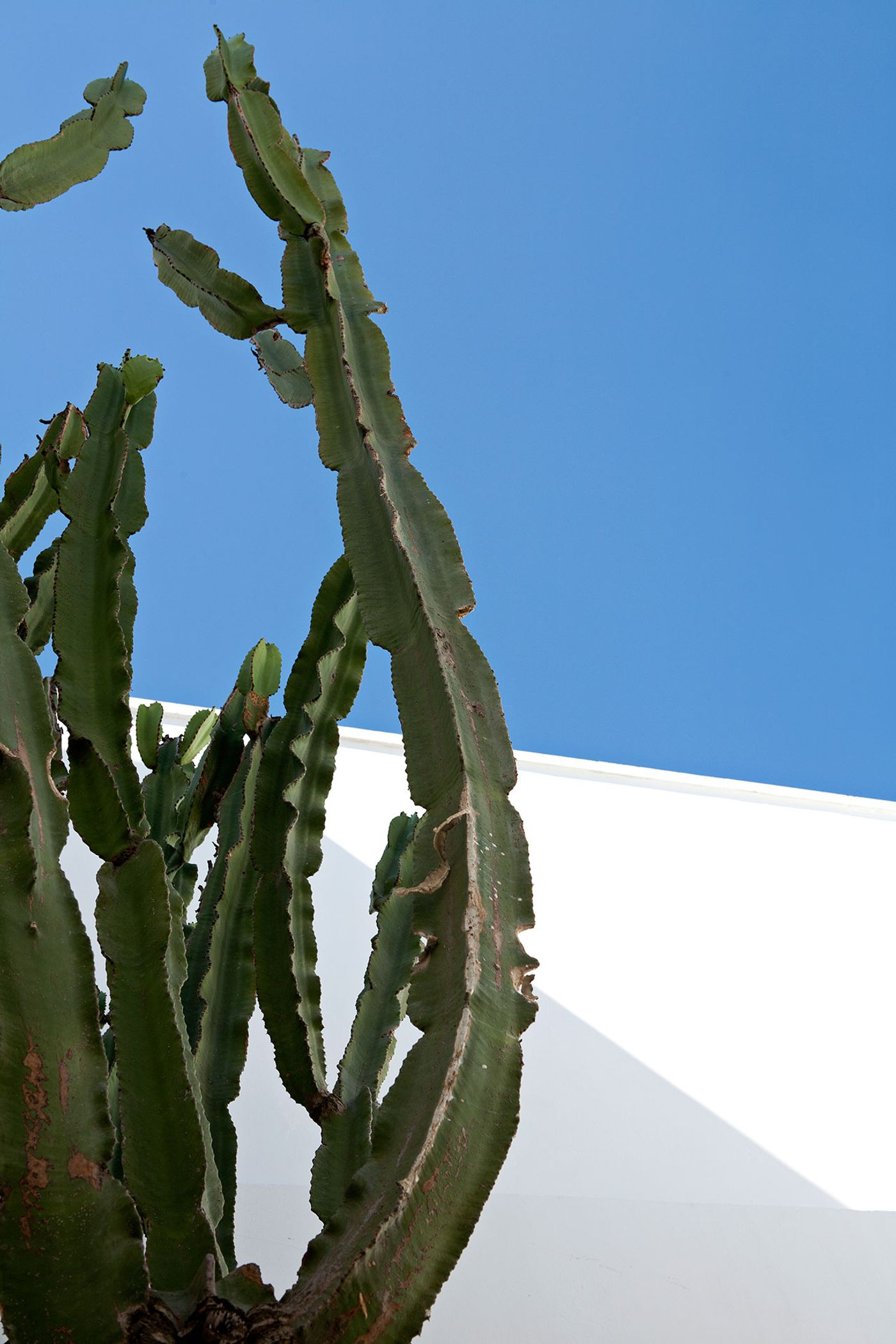
Photo by Francesco Bolis.
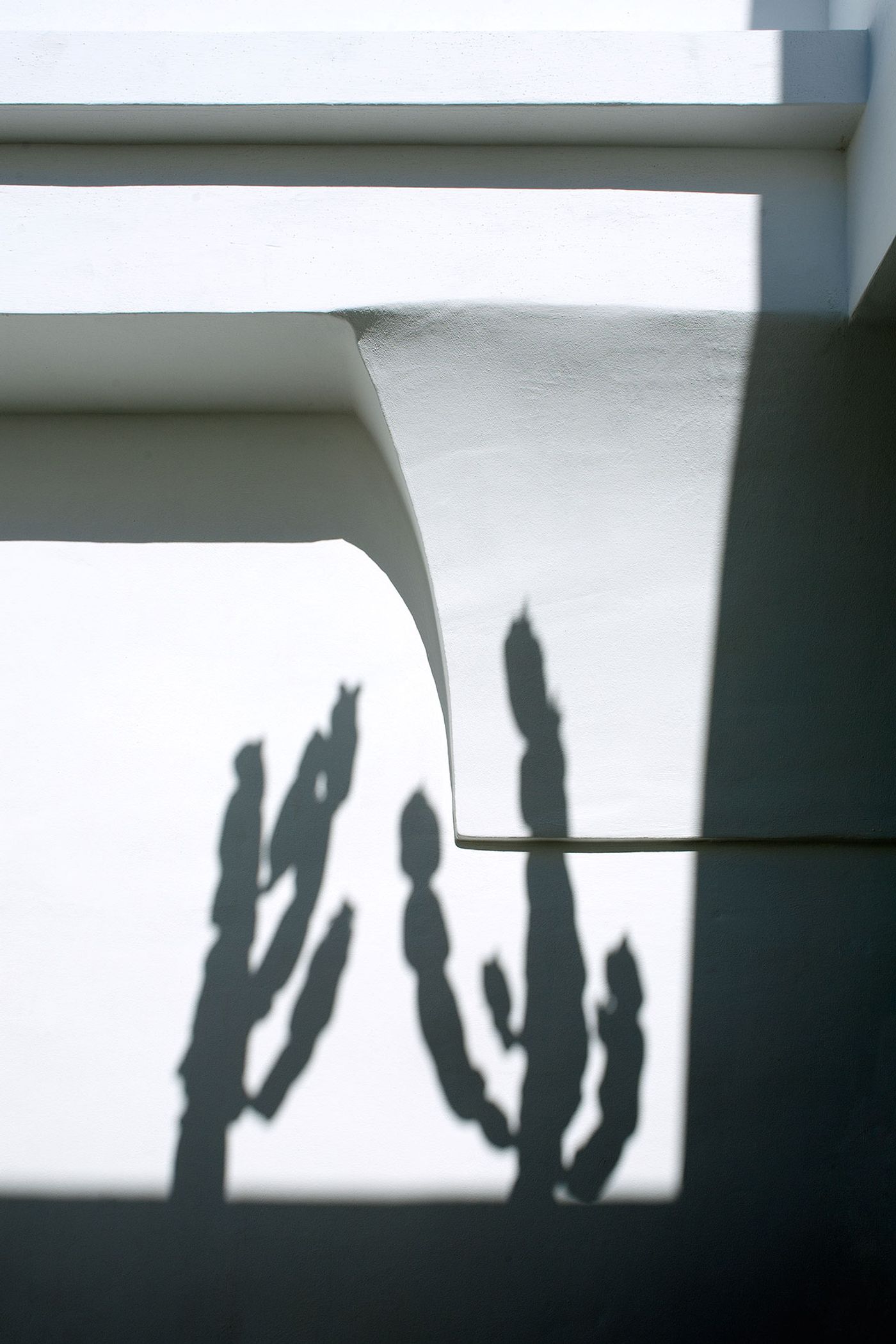
Photo by Francesco Bolis.

Photo by Francesco Bolis.
They discovered most of the construction materials used in the remodel in the “poetic” Salento area. Thanks to the innate skills of local artisans the whole architectural remodel was completed in a mere five months. “We renovated with minimal work,” Roberto shares adding that he and Ludovica tapped into their backgrounds in architecture—they met in Rome while studying the craft 23 years ago—for this project. “We didn’t add any new walls so as to not break up the existing spaces; we used local stones for the floors and whitewash for the walls.” The greatest challenge they faced in this particular remodel was figuring out how to bring more natural light into the fortress-like structure as “it was illuminated only by oil lamps,” says Roberto. The problem was solved through digging a series of skylights throughout and opening up the back of the building to allow the sun in.
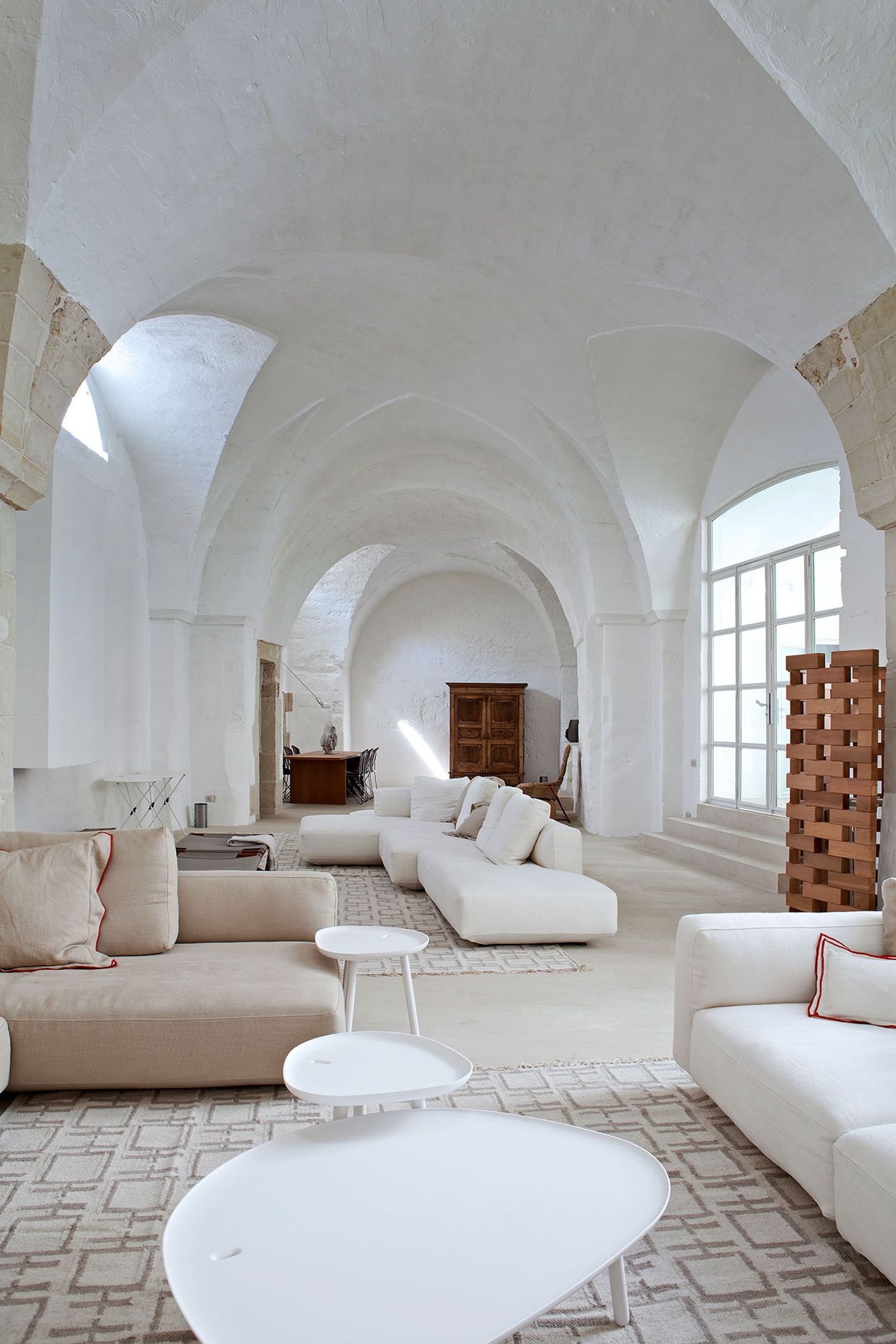
Photo by Francesco Bolis.
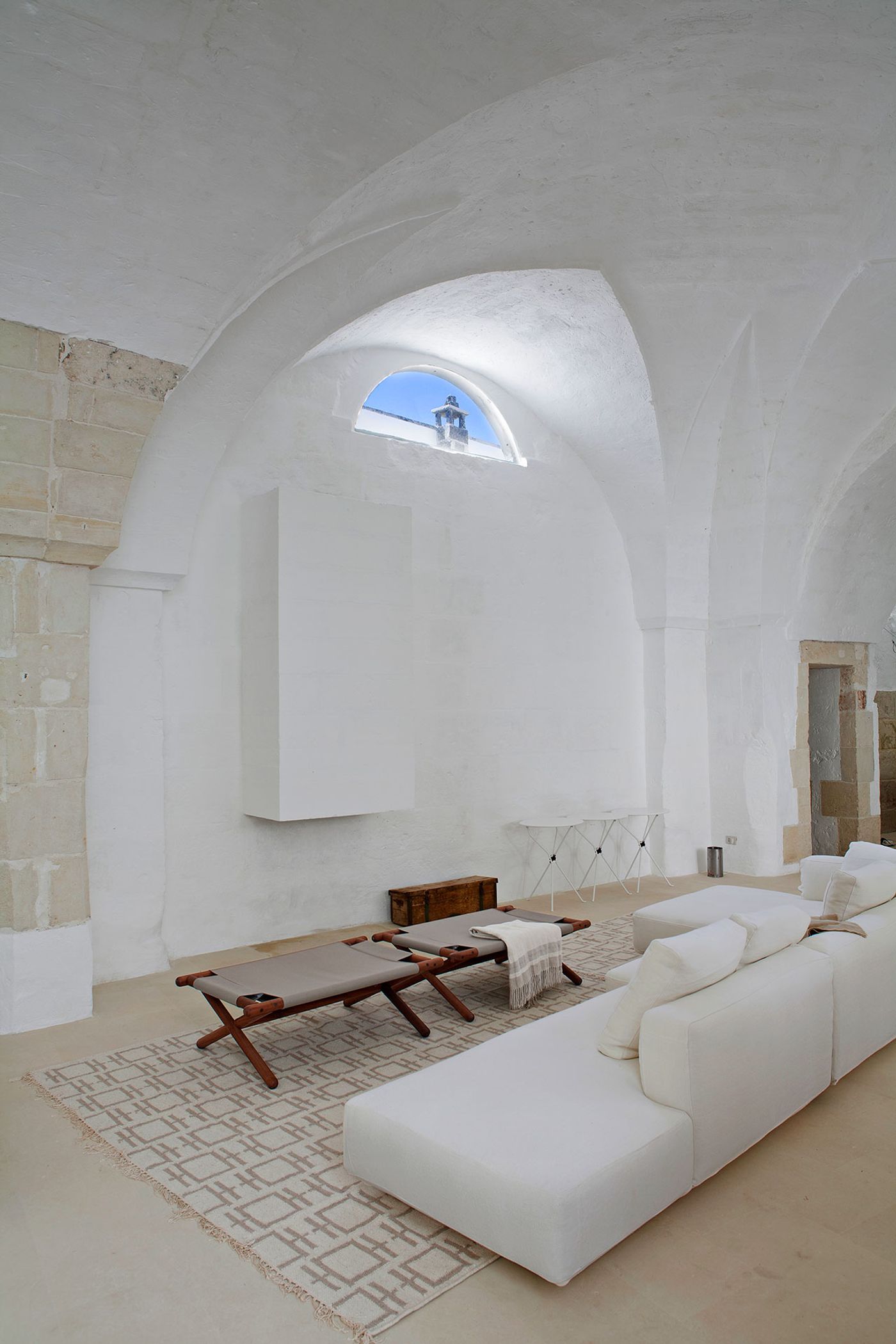
Photo by Francesco Bolis.
Throughout, the natural-toned furnishings consist of both items made especially for the house, such as the fixtures, doors and iron lamps (which were made by local craftsmen) and the Karpeta carpets, as well as items taken from the Palomba’s extensive collaborations with well-known, Italian and international, design companies (“We have to design more ‘Italian’ for international companies, and be more ‘international’ in our designs for the Italian companies,” he jokes). These include the EL_01 and SLIM by Elmar kitchen; the living room’s Altopiano sofa and Lama chaise-longue by Zanotta (this particular variation was customized in straw with a red structure); and the Paraggi Camp Bed and colored coffee tables by Exteta on the terrace, all of which were designed by Ludovica+Roberto Palomba for the various, respective companies.
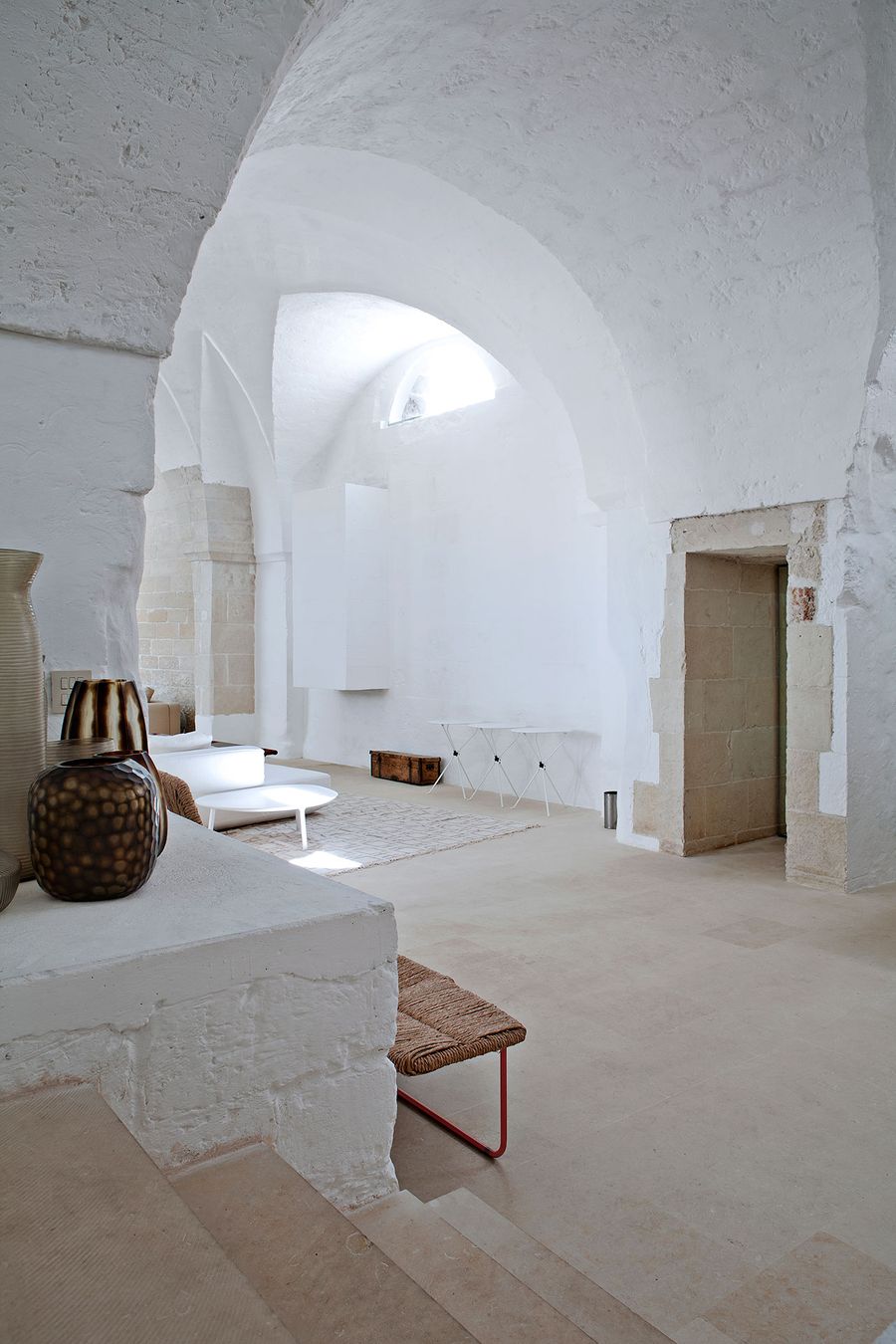
Photo by Francesco Bolis.
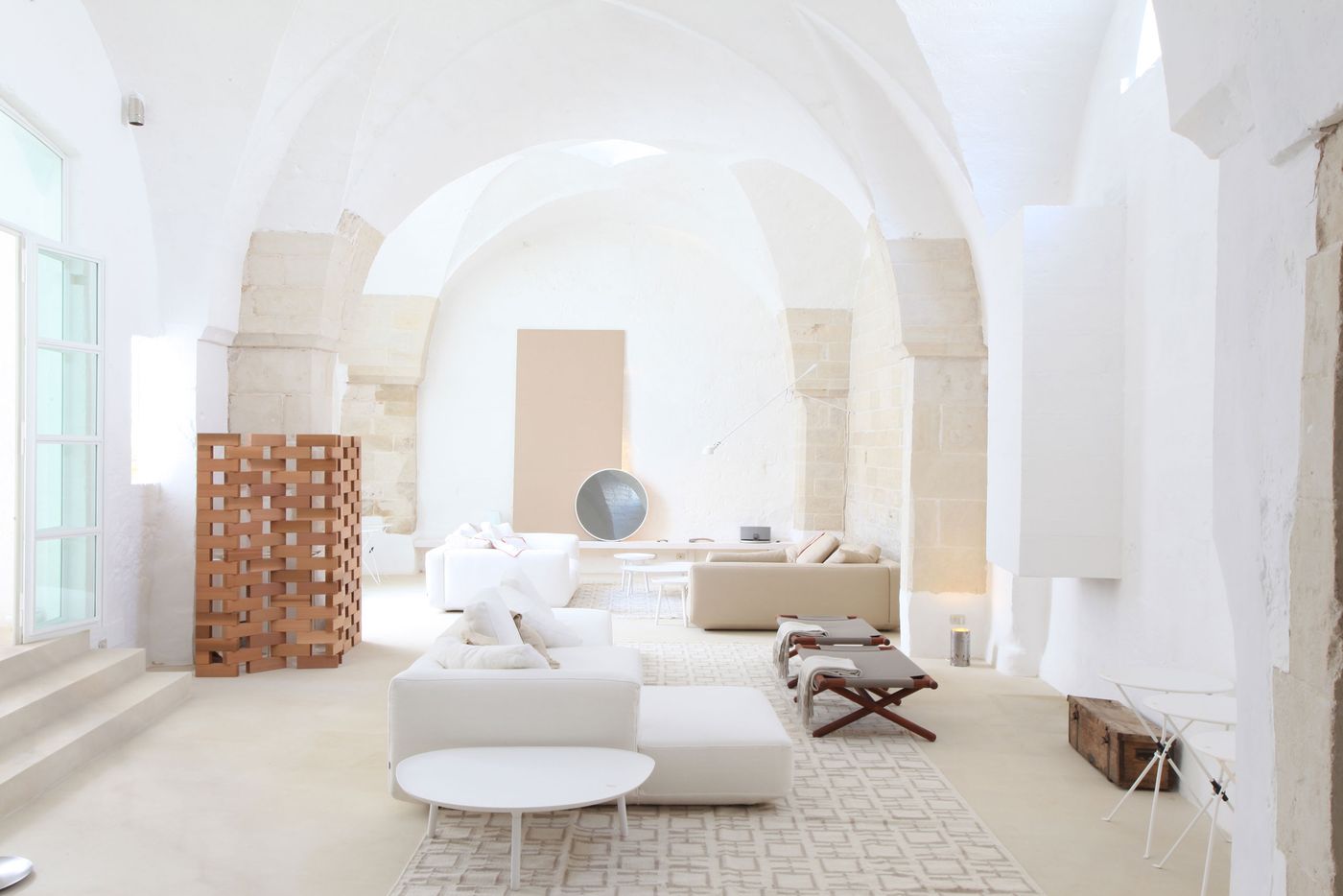
Photo © Palomba Serafini Studio.
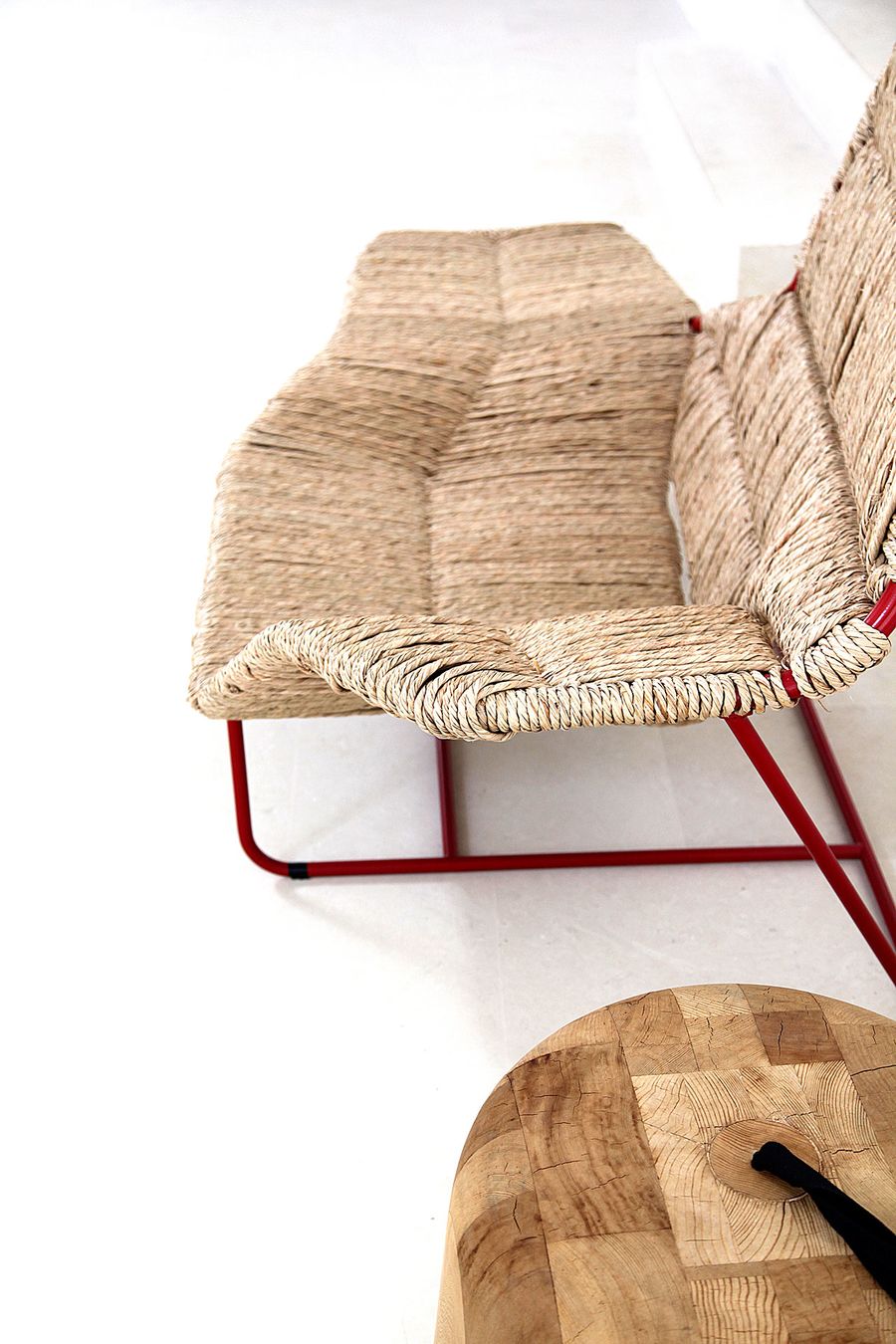
Photo © Palomba Serafini Studio.
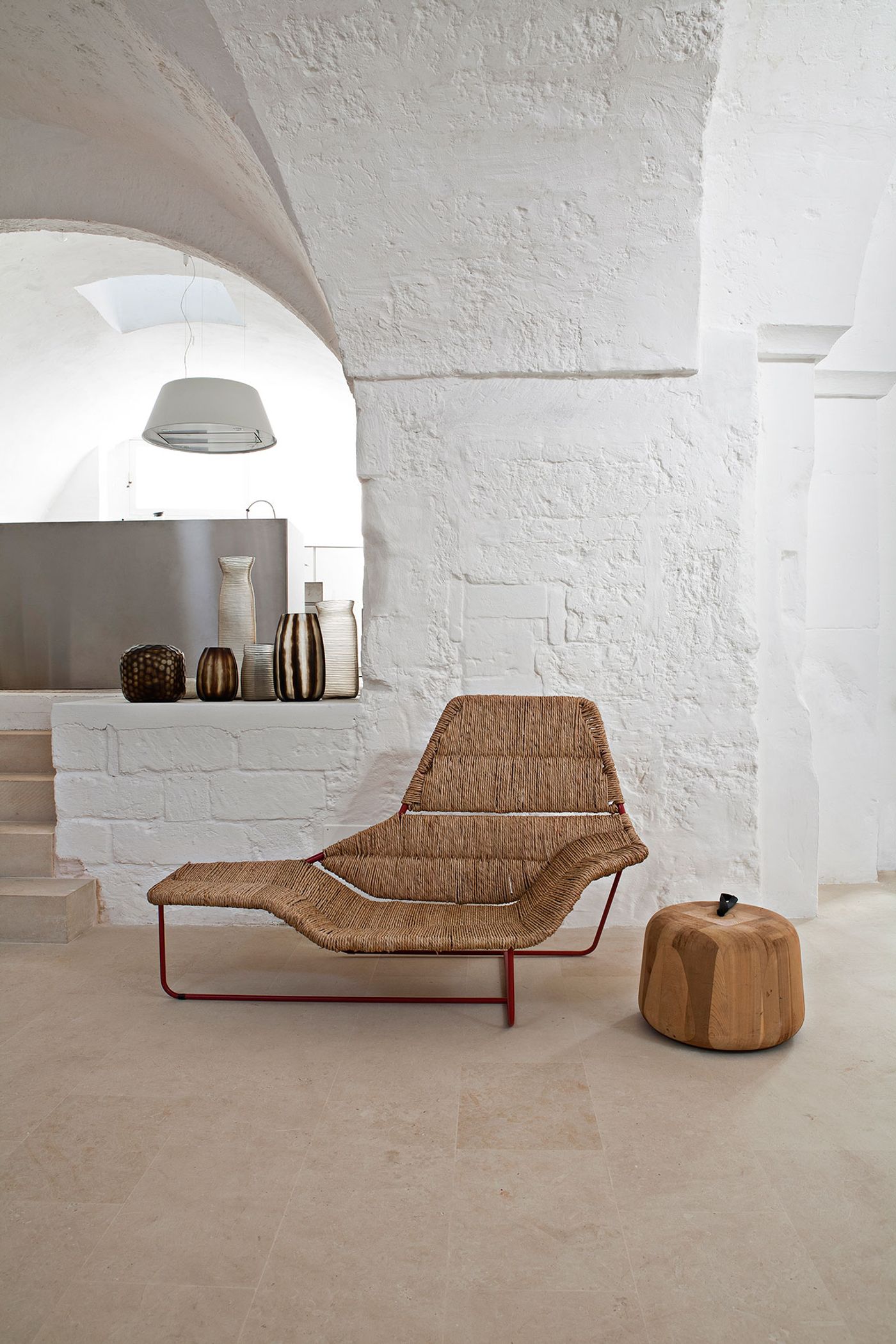
Photo by Francesco Bolis.
“We used the natural materials, the white lime and the local stone textures as the only decorations, all of which express our idea of conceptual simplicity and honesty,” Roberto says. “No matter what we design, our designs are always ‘free’ in the sense that we are always curious and consistently challenge ourselves. If somebody wants to understand us then they have to live in our architecture,” he says noting that this personal home project is one through which their greater interior design vision is perfectly exemplified.
The result is a house that provides the busy duo with a place of much needed, “personal decompression… physical and mental. We knew exactly the result we wanted to achieve and it all happened in a very fluid way. It’s actually been a great honor to design something for ourselves,” Roberto shares, while in the next breath extending a very generous invitation to visit and see for ourselves. We don’t think anybody could refuse such an invitation and find ourselves wondering when the next train to Puglia is leaving from Milano Centrale…
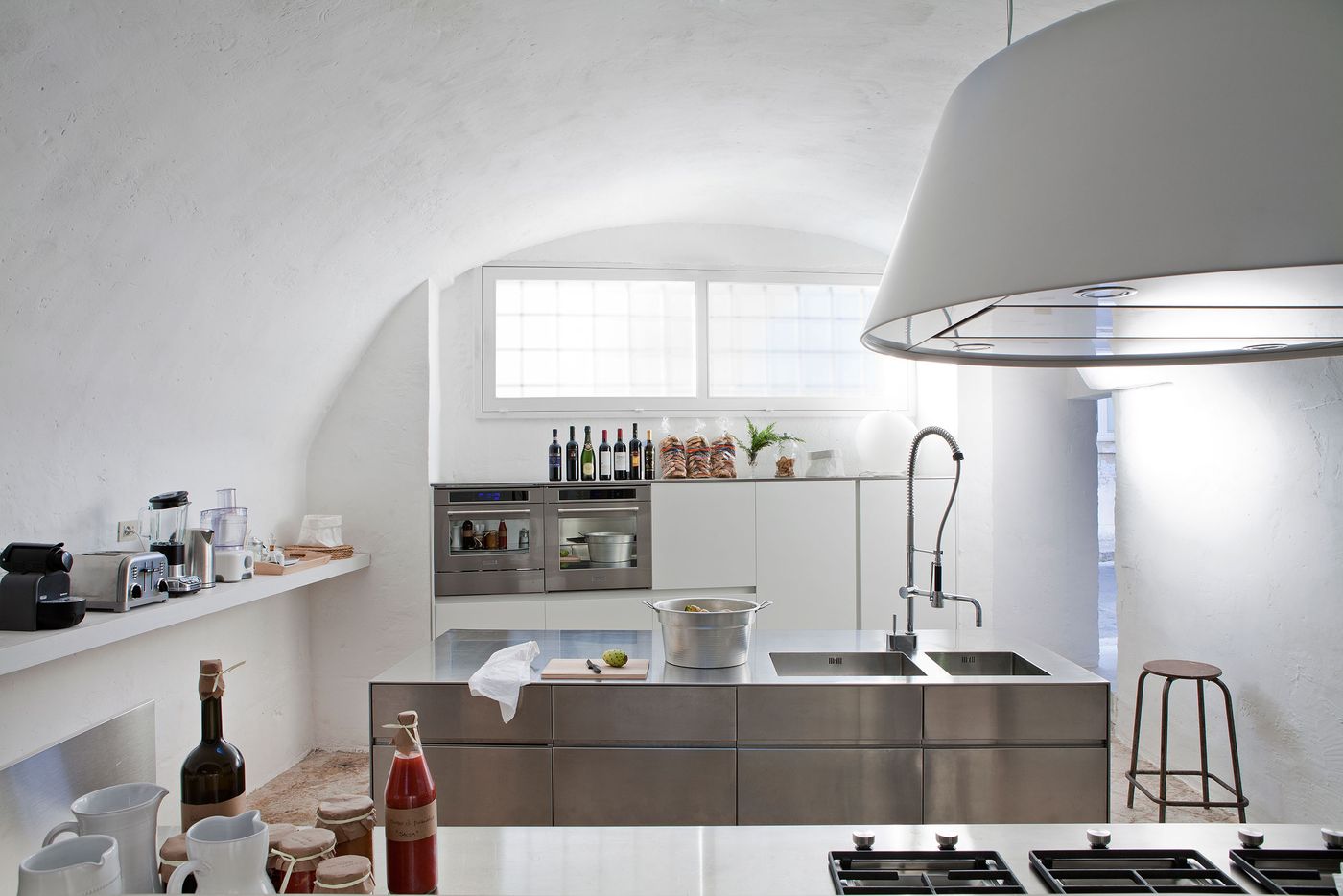
Photo by Francesco Bolis.
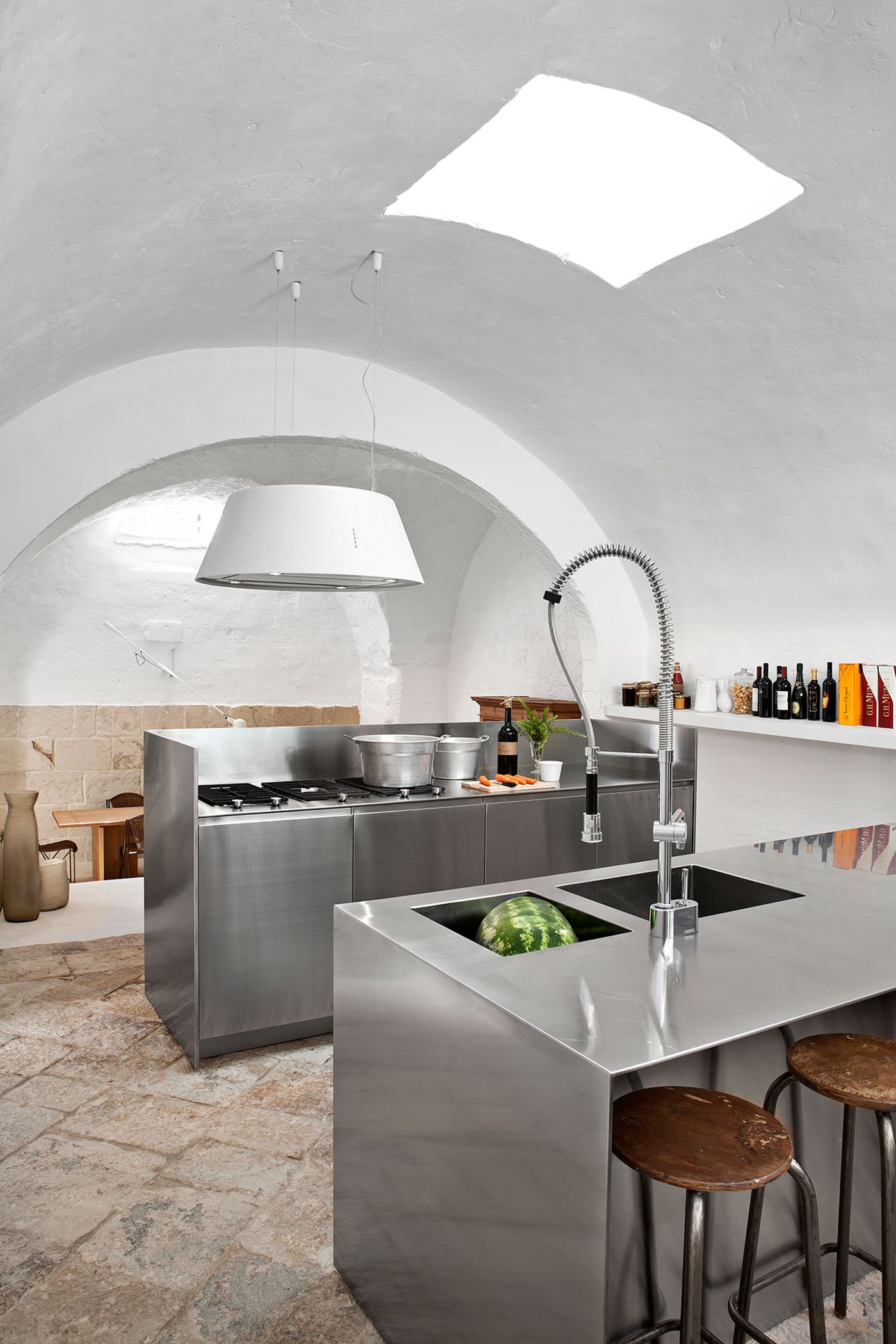
Photo by Francesco Bolis.
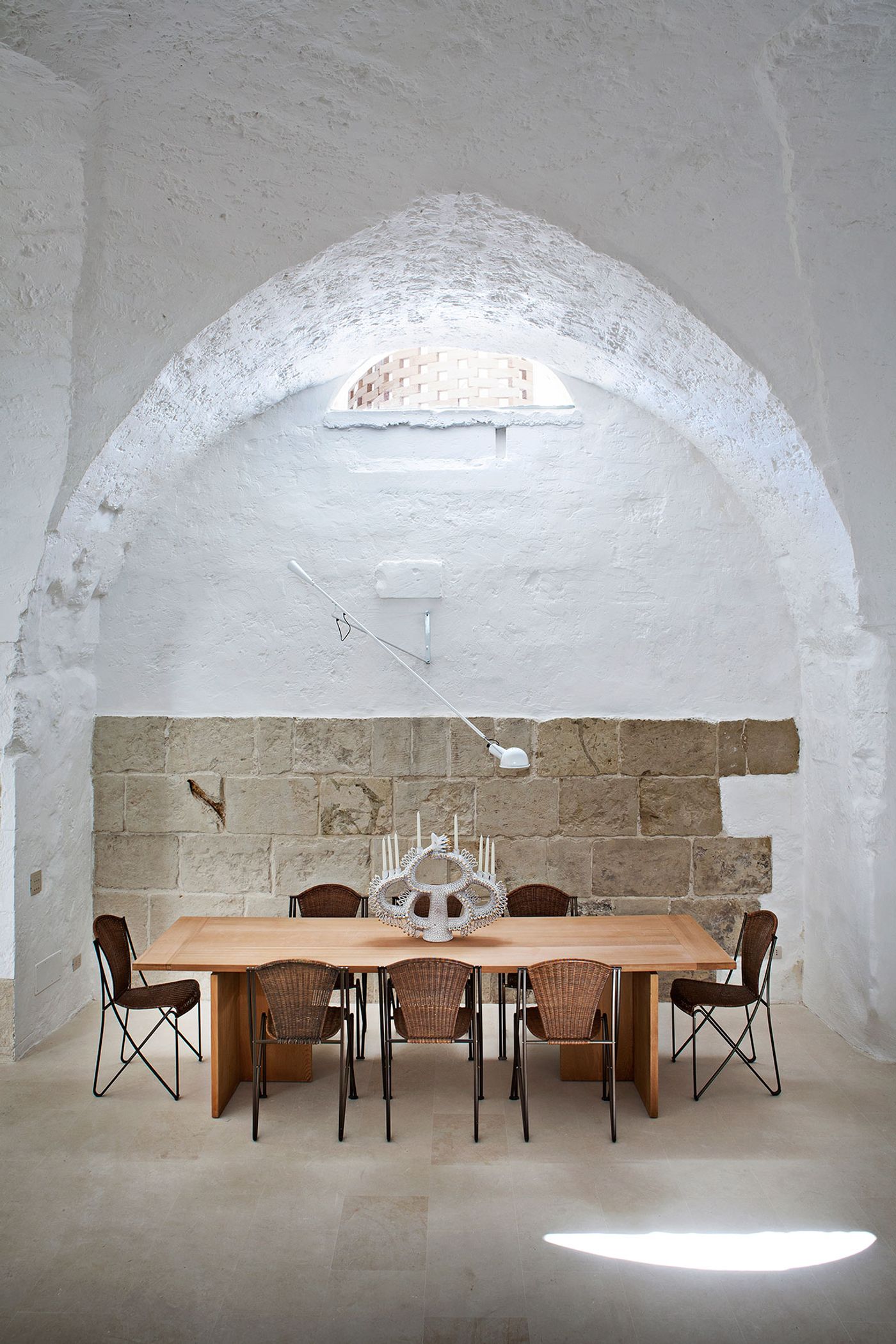
Photo by Francesco Bolis.
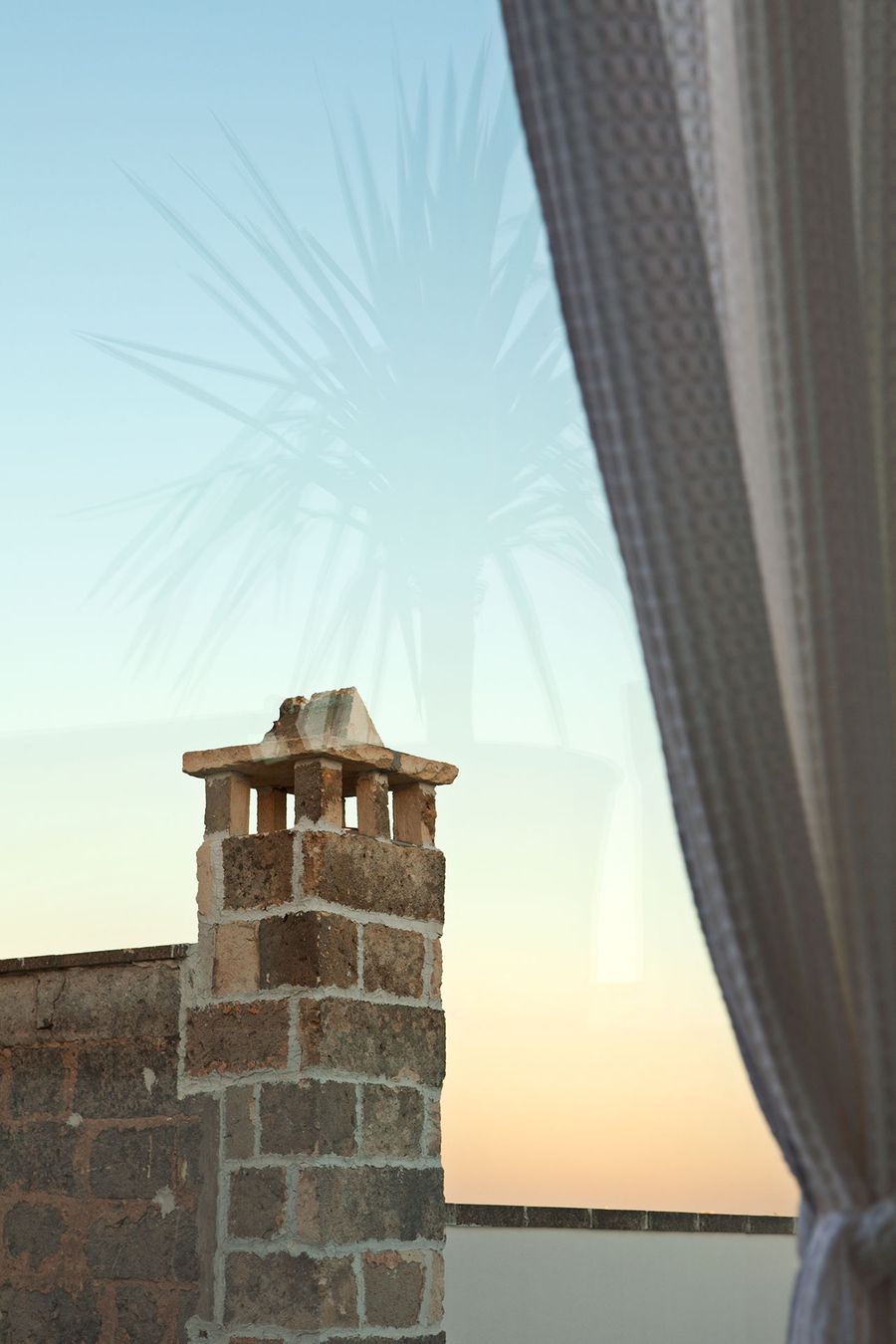
Photo by Francesco Bolis.
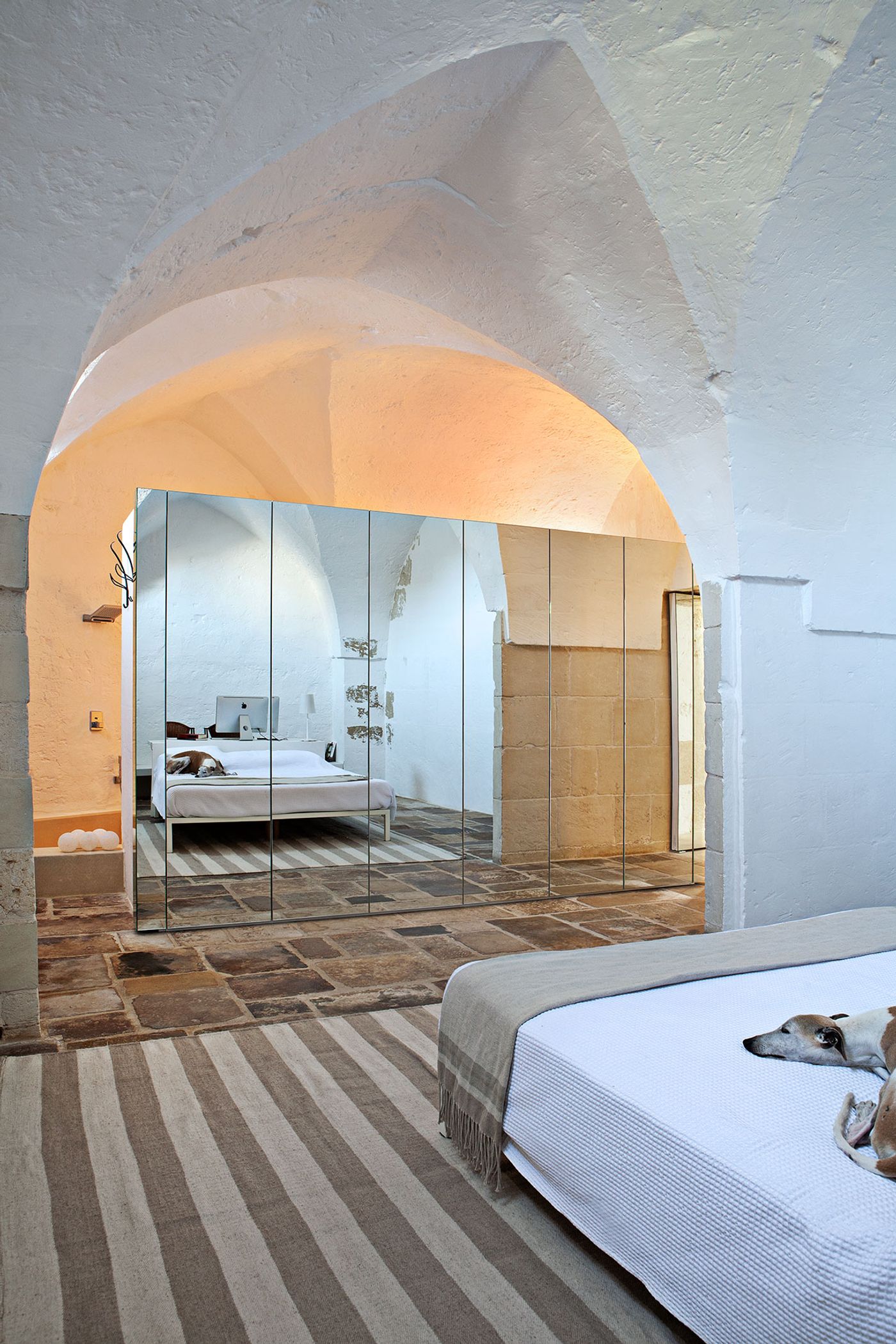
Photo by Francesco Bolis.
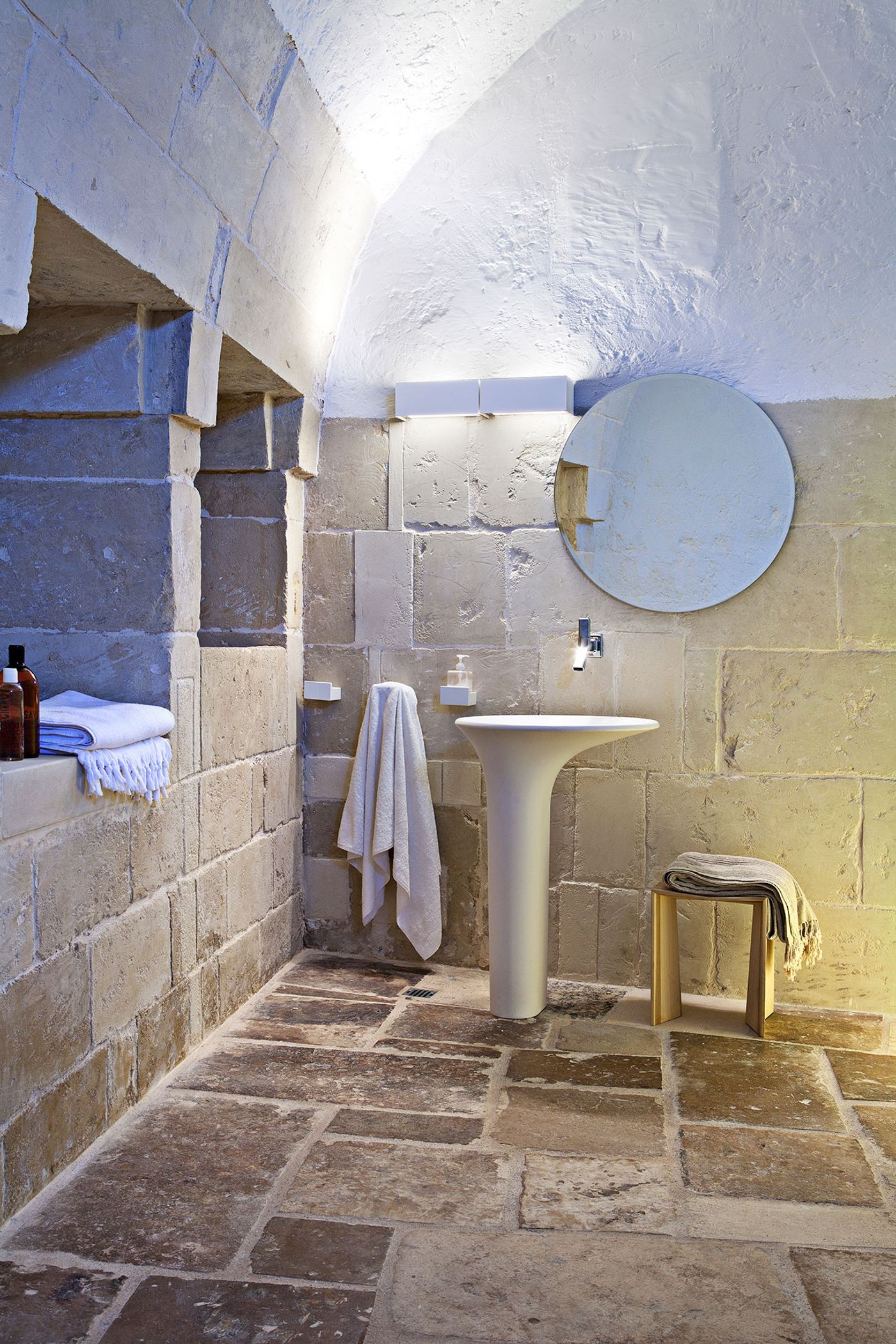
Photo by Francesco Bolis.
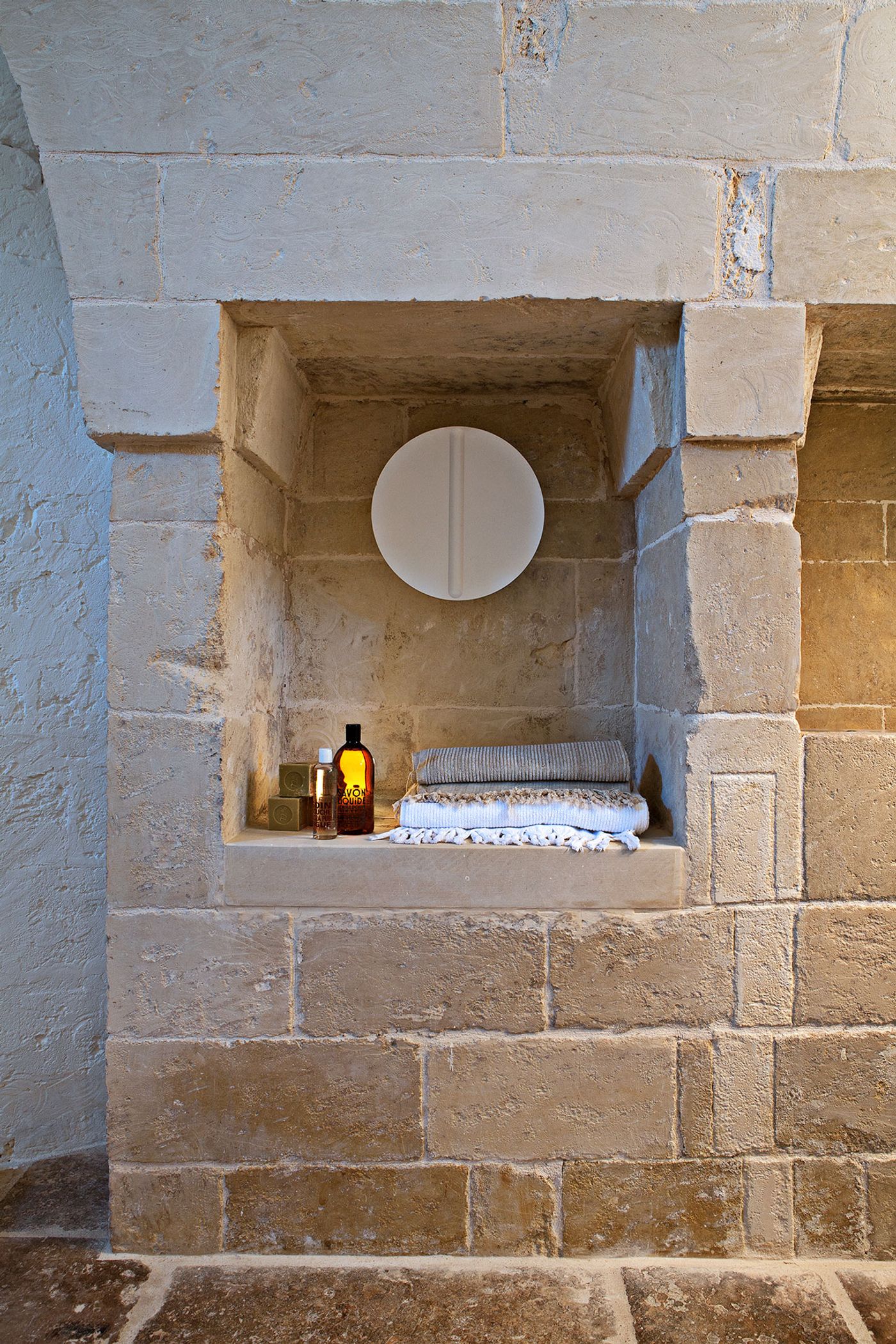
Photo by Francesco Bolis.
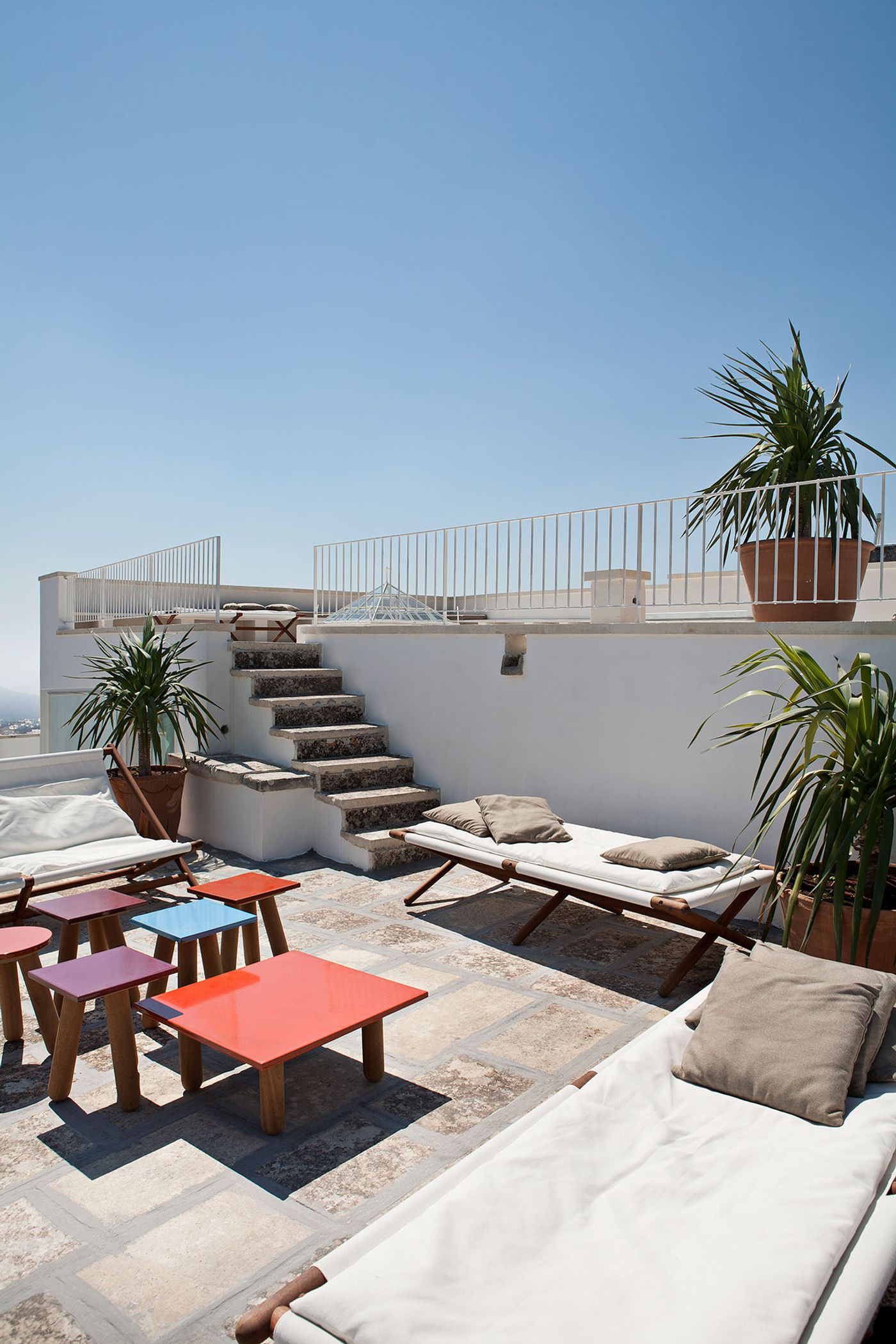
Photo by Francesco Bolis.